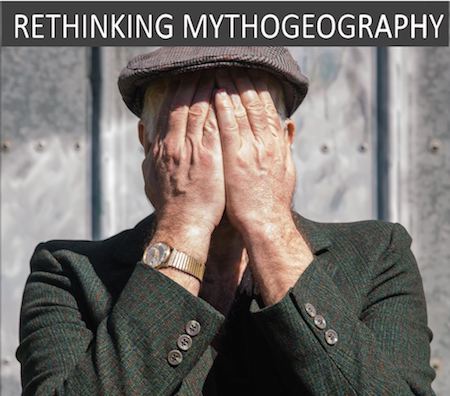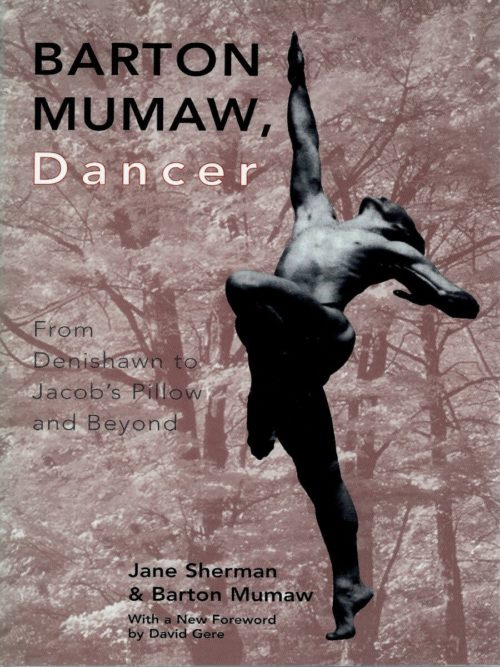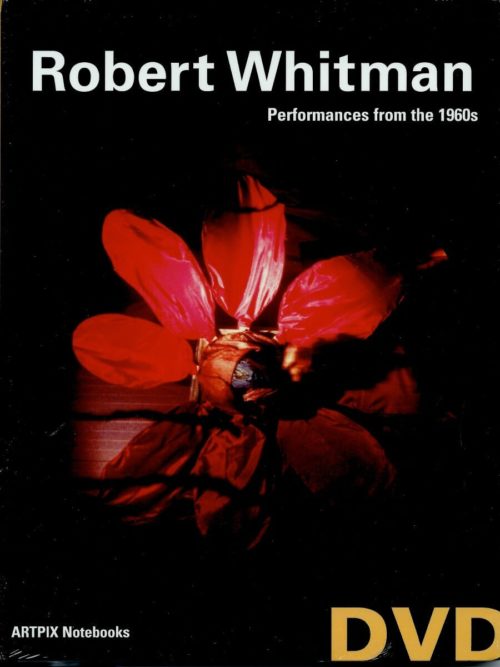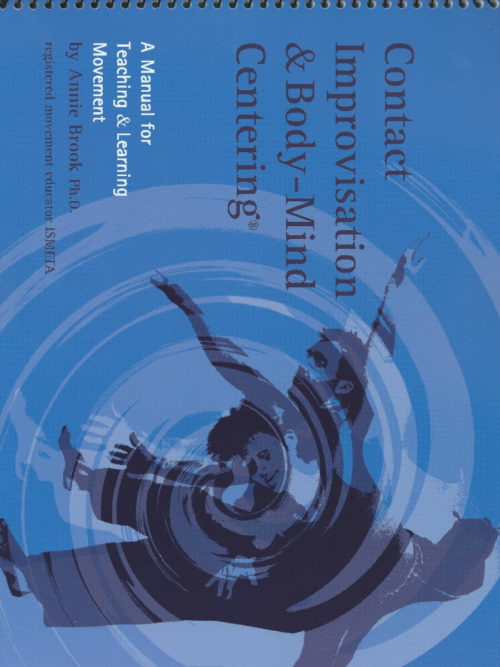RÉSUMÉ
Since 1998 , Phil Smith’s ‘mythogeography’ has developed as a paranoid, exploratory, detective-like approach to space and place. It has prioritised anomalies and ‘in-betweeness’, working in gaps, extolling ‘voids’, and constructing general ideas from the ‘and and and’ of the accumulation and assemblage of disparate parts.
It has also given attention to patterns, assuming such patterns to be an emergent meaning in themselves. Part of that attention to patterns has been a careful attempt to use ‘limited myth’ – myth-like accounts that are capable of symbolically representing patterns (e.g. of power or cultural paradigms) but are rendered questionable by their pop-cultural exploitation, blatant fiction or absurdity.
Since 2010, when Phil Smith’s book Mythogeography was published, the thinking and practice surrounding psychogeography, mythogeography and radical walking have moved on significantly.
This book is a 2018 upgrade – an update for anyone interested in the subject . It consist of an essay by Phil and photographs by John Schott taken during Phil’s recent invitation to be Artist-in-Residence at Carleton College, Northfield, Minnesota.
Searching for the magic in the everyday? For that moment when we find a heightened understanding of ordinary things? For a way to welcome in enchantment?
Here is one set of keys to that magic: tools for paying close and respectful attention to everything as we walk; ideas and tactics for making deft and intuitive connections to a bigger picture.
Invited to be Artist-in-Residence at Carleton College, Northfield, Phil Smith chose to re-examine mythogeography – his remarkable way of walking with heightened awareness – as he explored the town’s suburbs, its utopian grid and magic square, an early silence about the place, and the spectacle of the bungled Jesse James raid of 1876. John Schott followed him with a camera and his images, in turn, inspired the text of this book.
In his walking, Phil Smith conjured a “blurting out of things” in Northfield, to fuel a new kind of mythogeography.





